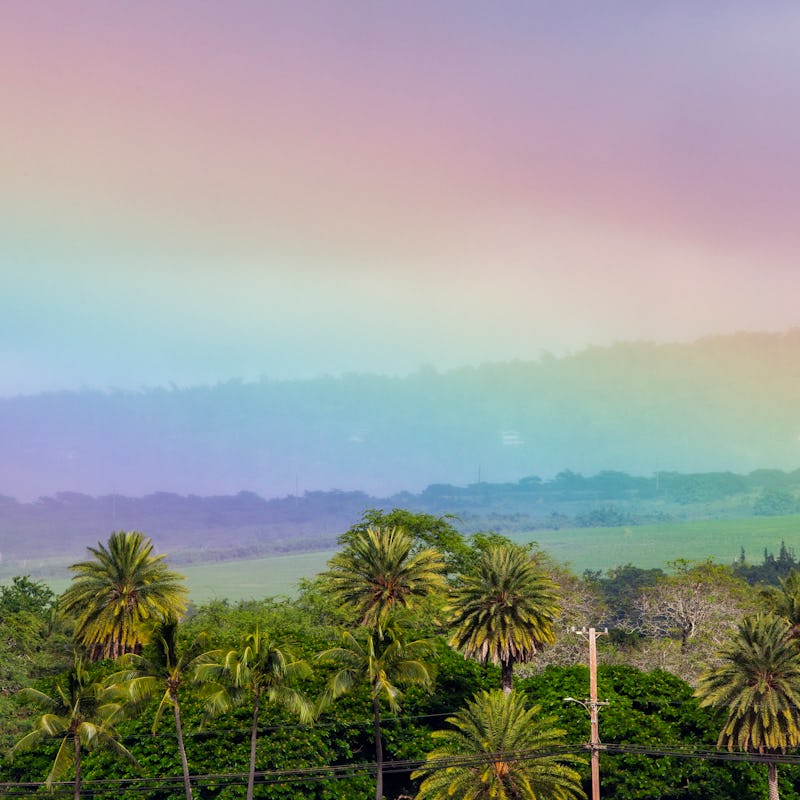A virtual tour of the scientifically best place for rainbows

Steven Businger
Hawaii is known as the Rainbow State, and research from a University of Hawaii professor shows that this is more than just a cute nickname.
Minghue Chen
According to scientist Steven Businger, four factors make Hawaii the best place on Earth to see this stunning natural phenomenon in action.
Mike Perry - flickr.com/mrperry/Moment/Getty Images
1.
The warm ocean water surrounding Hawaii radiates heat into the atmosphere at night, leading to morning showers as evaporated water condenses.
Shanna Baker/robertharding/Collection Mix: Subjects/Getty Images
The best time to see rainbows is in the morning and evening, when the Sun is within 40 degrees of the horizon, so early rain makes for some of the best rainbows.
M Swiet Productions/Moment/Getty Images
2.
Hawaii’s mountains push trade winds upward, causing rainclouds to form overhead while leaving the sky clear for viewing on the side opposite the wind.
Dayanidhi Das/World Surf League/Getty Images
3.
Daytime heat drives wind circulation, which can cause afternoon showers around the mountains, setting the stage for spectacular rainbows as the Sun sets.
Christian Kober/robertharding/Collection Mix: Subjects/Getty Images
4.
Hawaii’s relative isolation means the air has less pollen and pollution, which offers rainbows a veritable “blank canvas” any time of day.
Michael Nolan/robertharding/Collection Mix: Subjects/Getty Images
Rainbows can form anywhere with enough sunlight and water in the air. Ireland’s rain and the mist around waterfalls are also known to produce incredible rainbows.
But if you’re looking for the best light show nature can offer, Hawaii’s unique conditions make for rainbows so incredible they’re part of its culture.
picture alliance/picture alliance/Getty Images
Read more stories on the environment here.